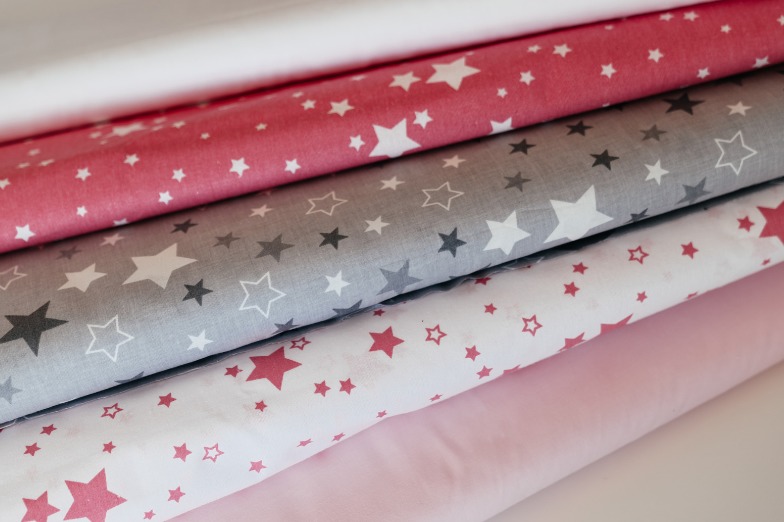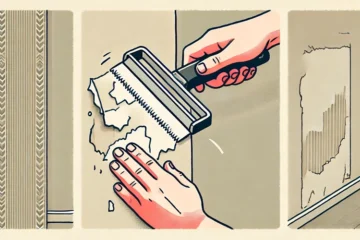How to Plan a Wallpapering Job

The drawing below shows a typical room and how to install wallpaper in it. Following is a step-by-step guide to executing the plan.
- Cover the floor with polyethylene plastic topped with fabric drop cloths to prevent slipping accidents.
- Make all necessary repairs to the wall and ceiling surfaces. Fill narrow (smaller than 1/4″) cracks with joint compound, and once it dries, sand it smooth. For larger cracks, use self-sticking fiberglass mesh tape covered with two layers of joint compound. Then paint the walls with a primer sealer.
- Make any necessary repairs to the wood trim, including filling any cracks with wood filler and sanding it smooth. If the trim is in especially bad shape, either strip off the old finish with paint remover or replace the boards with new trim.
- Paint all the trim boards, door and window frames, built-in bookcases, and fireplace mantels and surrounds.
- Set up a work table and have all tools and supplies close at hand.
- If you plan to paper the ceiling, do it first before the walls. Place the narrowest strip of paper on the side of the ceiling above the entrance doorway.
- Lay out the walls by starting in the least conspicuous corner. Plan to overlap the first piece about 1/2″ onto the adjacent wall. Then, starting at this overlap point, mark off all the wallpaper seams around the room. Use the width of your paper as a guide.
- Change any layout where a seam falls closer than 3″ to a window, door, or other opening.
- Center a seam over major focal points, such as a fireplace or built-in bookcase.
- Adjust the layout to eliminate as many problems as possible. The general rule of thumb is to locate bad seams in the least noticeable areas.
Adhesive Options
Most papers these days are pre-pasted with adhesives that are activated by dipping each piece of paper in water. This approach makes the most sense for people who are doing the work themselves. If your paper is not pre-pasted, you’ll need one of these adhesives:
- Dry powder paste: This paste must be mixed with water and is used for traditional paper products.
- Premixed vinyl adhesive: This adhesive typically contains a mildew inhibitor and works for most vinyl papers.
- Specialty adhesives: These adhesives, meant for fragile wallpapers such as those made from natural grasses, are designed for specific jobs. Read the product literature for the specific wallpaper you buy to find out which adhesive it requires.


